Sip that exotic cuppa and enjoy the lush Makaibari Tea Estate
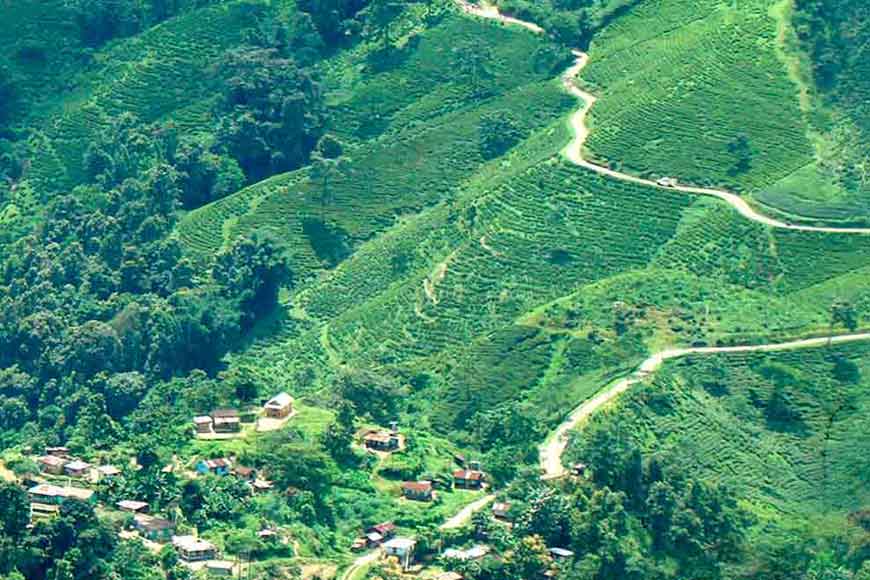
The Makaibari Tea Estate is probably the most talked about and fabled tea garden of Bengal’s Hills. And there are reasons for that. This is one of the oldest tea gardens of the Hills and was the first to establish a factory in the year 1859. Over the past four generations, the estate has been run by the original founders, the Banerjees who hailed once from Kolkata.Unfortunately, very recently Makaibari has changed hands.
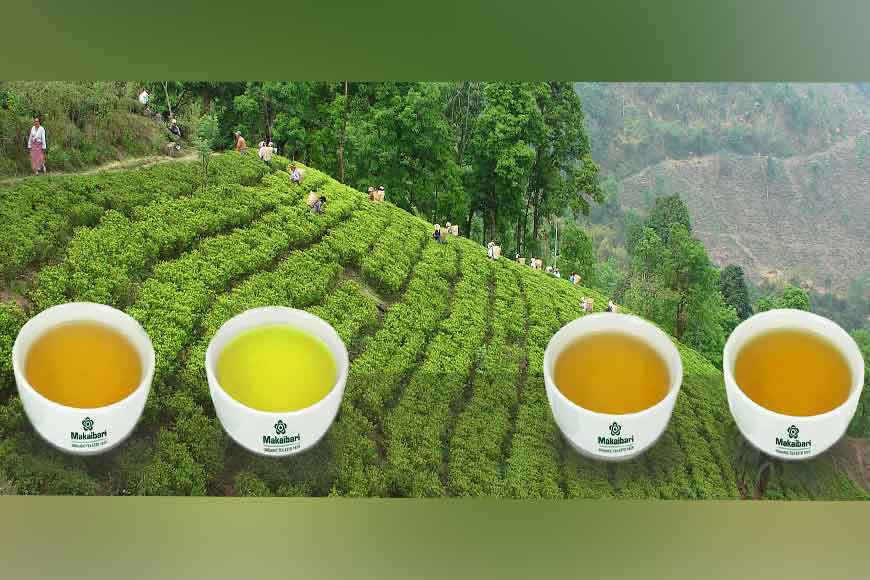 Organic flavours from the garden
Organic flavours from the garden
Swaraj Kumar Banerjee popularly known as Raja Banerjee, was the last patriarch and a popular figure in the Hills, who managed the family business of Makaibari. He also introduced organic tea farming for the first time, thus breaking away from the prevailing local practices and harmonizing it with the nature. Makaibari of Bengal was the first garden in the world that was certified by ‘Fare Trade’and the first to appoint women in a supervisory position. It went on to become one of the finest tea gardens in the world commanding highest prices at tea auctions for some of its brands like Silver Tip.
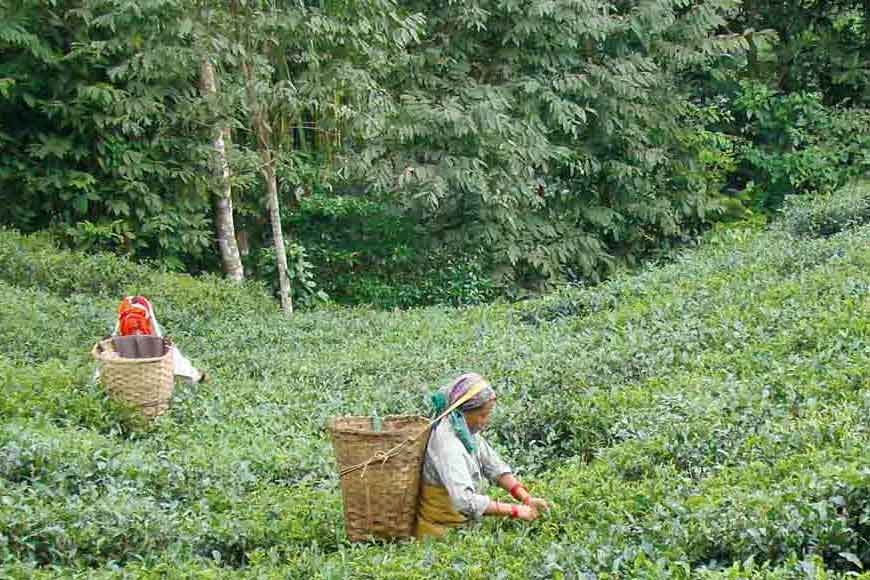 The lush green tea estate
The lush green tea estate
Located in Kurseong midway between Bagdogra airport and Darjeeling, it takes about one and half hours to reach Makaibari from Bagdogra airport or Siliguri and about the same time from Darjeeling town.The property covers an area of 750 hectares, in which 65% is natural forest area. About 274 hectares of land area is under tea plantation. The estate is at an average altitude of 4,500ft. The tea estate was set up by Raja Banerjee’s great grand-father Girish Chandra in 1859 and was passed down generations to Tarapada, then to Pashupatinath and finally to Raja.
The Makaibari Tea Estate looks lush with millions of rows of deep green tea bushes spread over miles of rolling fields on mountainous terrain. It looks like a dreamland with a passion for tea and popularizing exotic leaves to give that exquisite high of the tea cuppa. The lush plantations co-exist with flora and fauna including leopards, deer, birds, spiders, snakes and many other animals.
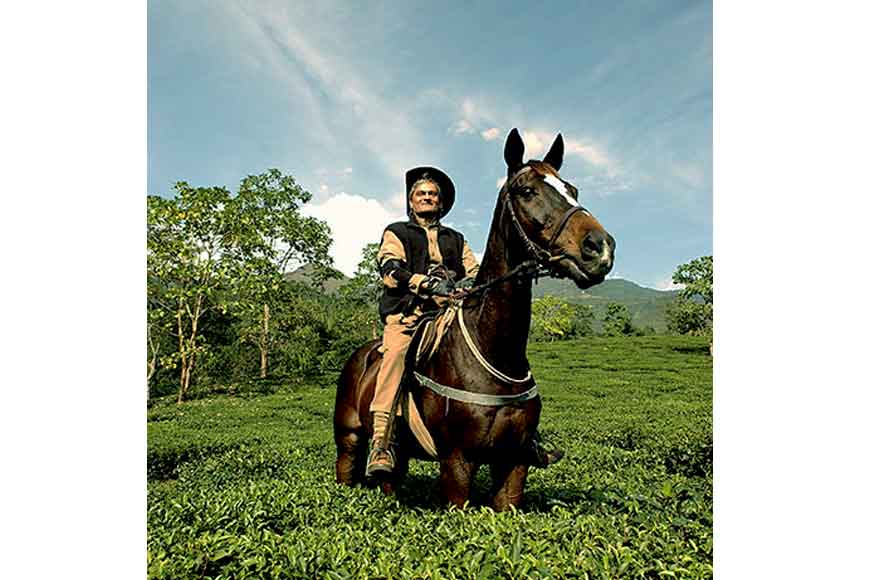 The popular figure among the poeple of the hills, Raja Banerjee
The popular figure among the poeple of the hills, Raja Banerjee
The Tea Garden also has Home Stays and Eco Huts. In 2005, some villagers and tea garden workers of Makaibari decided to offer part of their own homes to accommodate tourists and visitors. There are around 24 families who have renovated or extended their homes nicely and offer rooms to tourists in form of home stays. The rooms are clean and comfortable. The rates are very reasonable and includes homemade breakfast and two full meals. Most of the homestay owners are good cooks and prepare Nepali food very well. If you are staying at Makaibari, you can pursue several activities including a guided tour of the tea gardens, watching the garden workers plucking teas (depending on the season) and talking to them, how tea is processed in the factory from drying to packaging, tea tasting session etc. You can also be a part of a Bird Watching tour and experience wildlife.
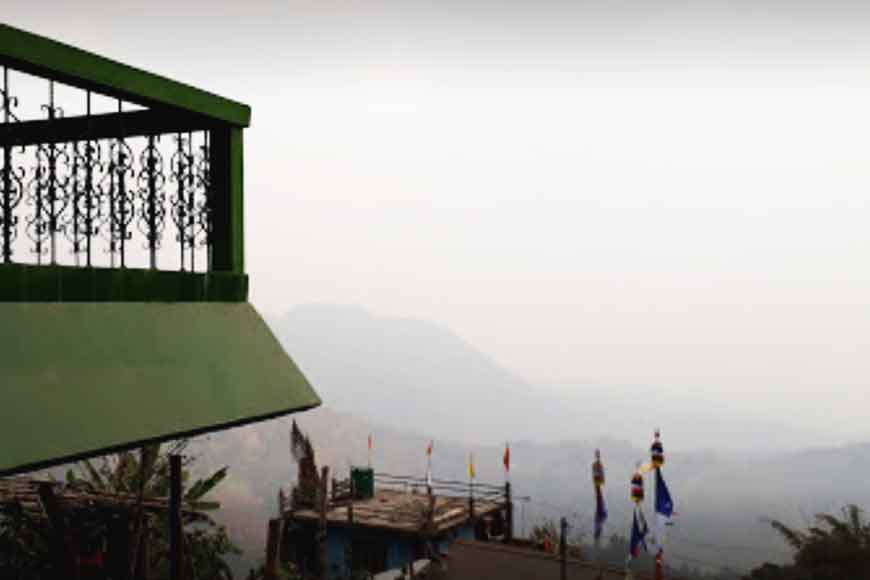 View from the homestay
View from the homestay
Makaibari Tea Estate also offers limited accommodations to tourists. The Stone House is a heritage building of the colonial days. It has four excellent large rooms with double beds. There is a large living room in the building with a fireplace and nice seating arrangements. There are also three cottages or bungalows with six rooms that are available for rent. Best time to visit is winter when temperatures hover between 3-8°C. So if you are interested to sip the exotic tea and enjoy the cool climate of the Hills, then do not miss the First Flush Vintage, second flush Muscatel, the Silver Green and the white tea or Bai Mu Dan of Makaibari.
Image Courtesy: www.makaibari.com









